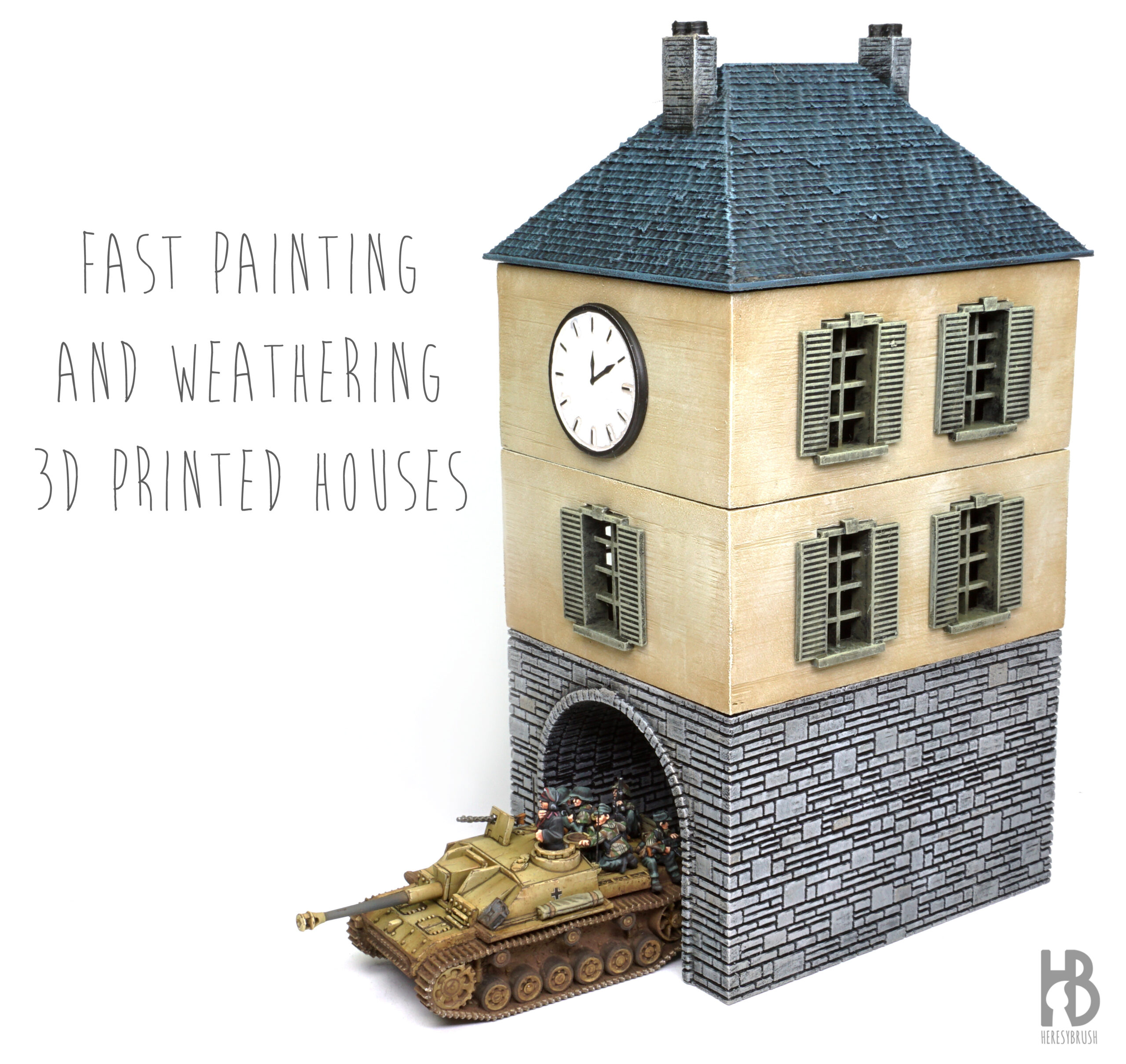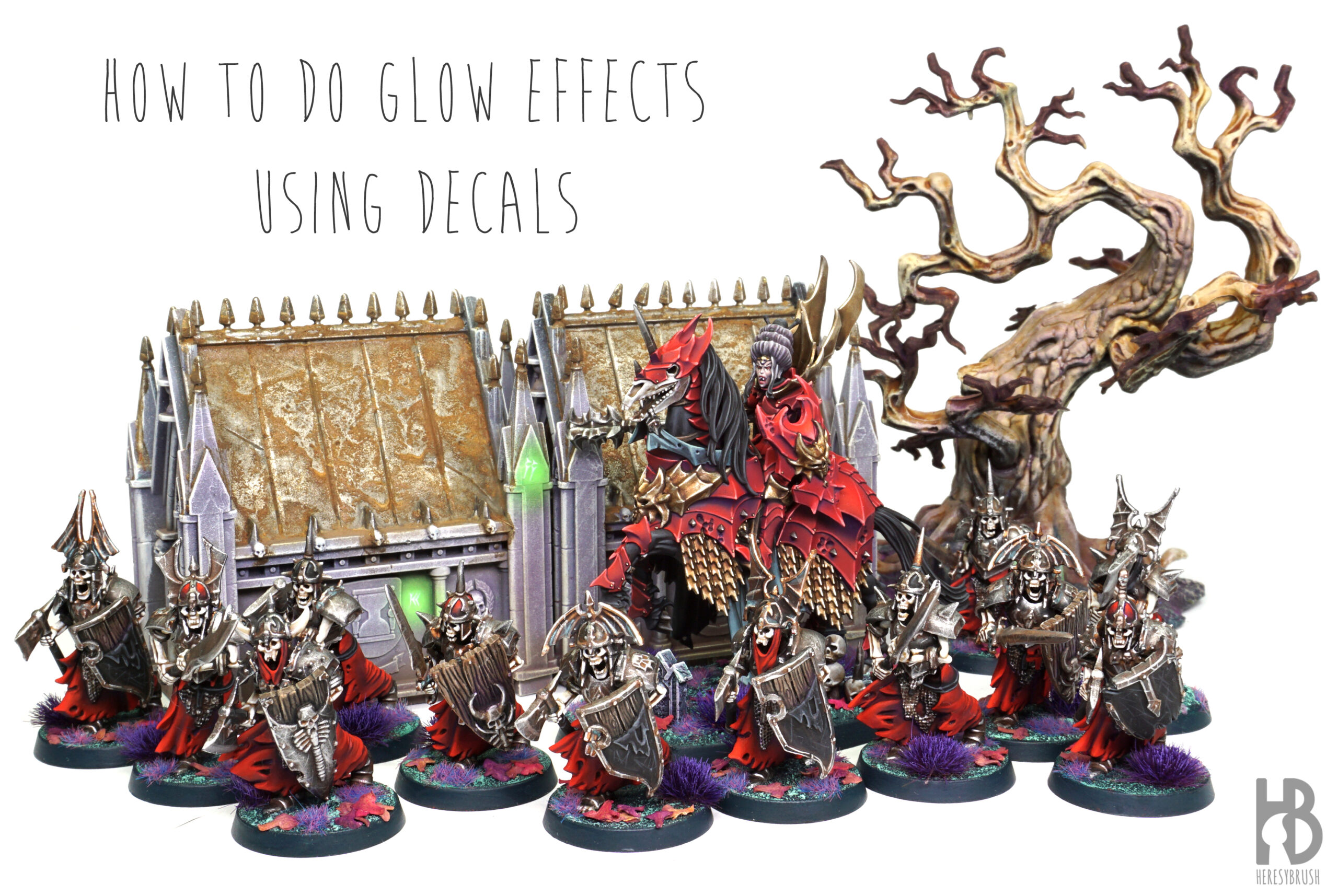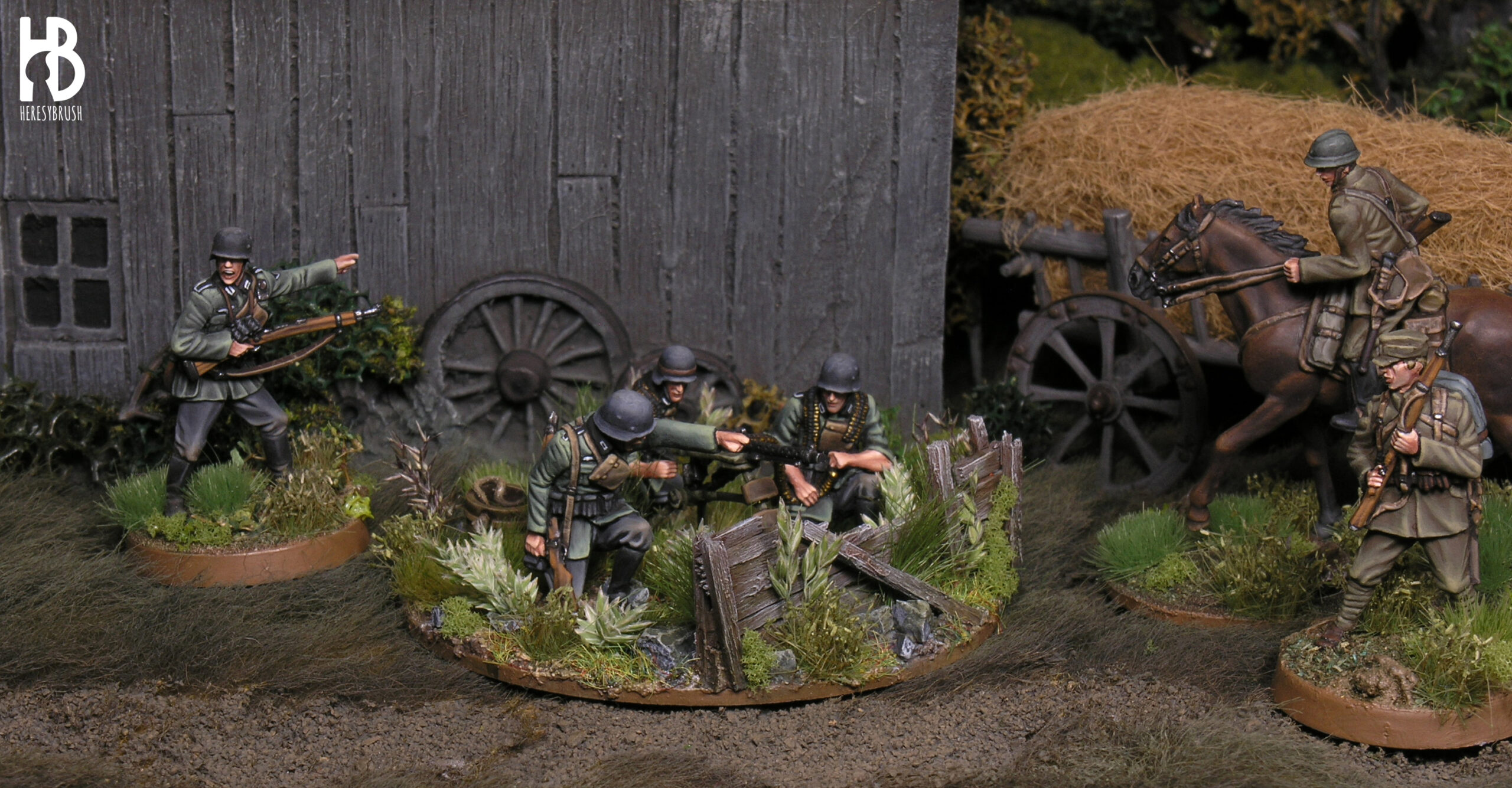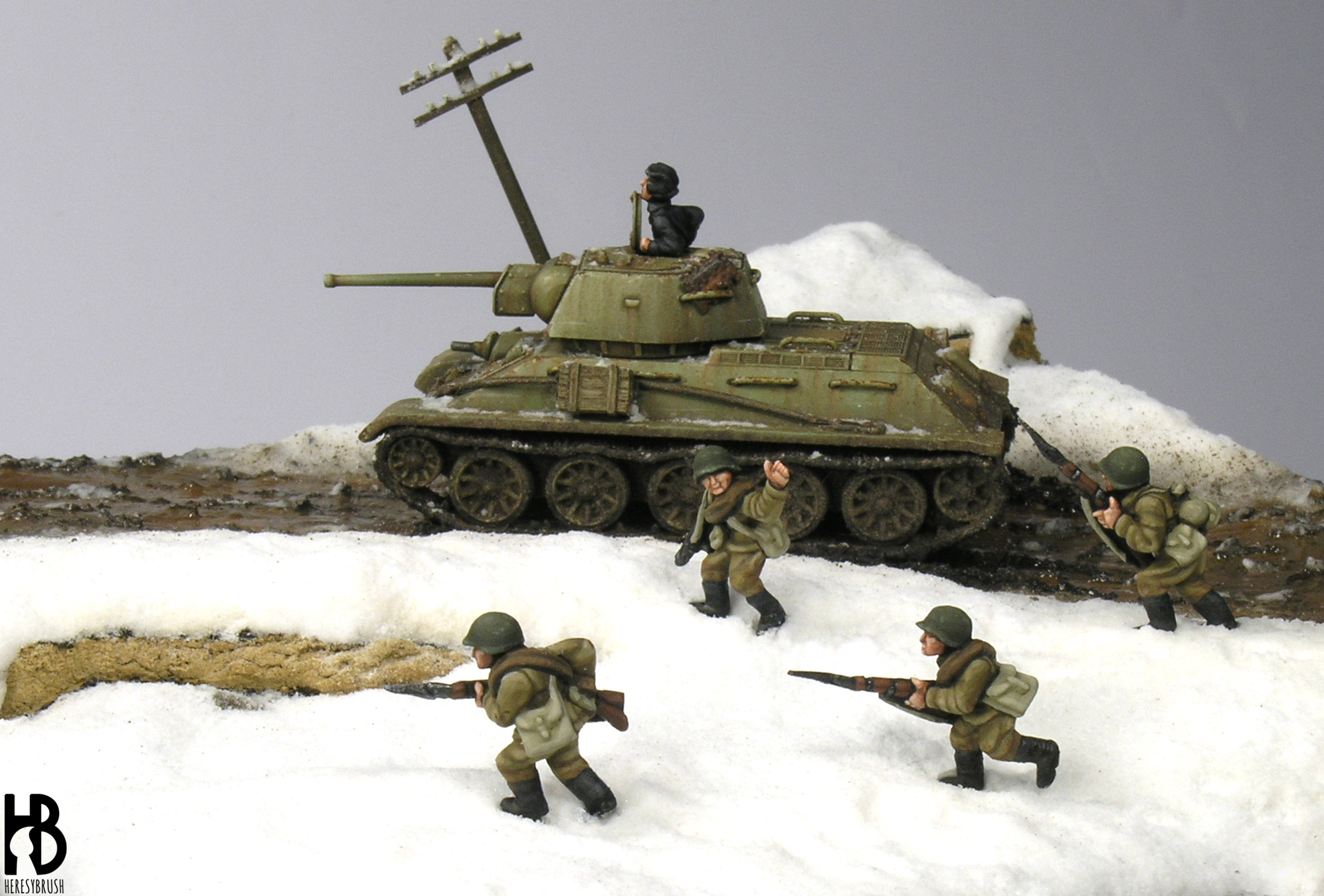Following my first post about concrete fortifications, this second entry in the Trench Crusade scenery series focuses on creating simple and effective rust effects on anti-tank obstacle or barricade by Vargasminiatures. Today we have a wide range of products that replicate realistic rust by mimicking real metal oxidation, which makes our work much easier. These dramatic, chaotic, and naturally random effects fit perfectly with the grimdark atmosphere of Trench Crusade. In this tutorial, I will be using the U-RUST set by AMMO, which I have previously applied on infantry models (here). Step 1 Using a modelling knife and fine files…
How to paint 3D-printed buildings
In this tutorial, we will explore fast and simple techniques for painting 3D-printed houses made from filament, perfect for wargaming. Although we are going to paint a 15mm house for Flames of War, the same techniques can be applied to any theme and scale. The idea is to take advantage of colored primer cans for the base colors, and then create contrast using dry brushing and filters. Step 1 – Preparation Filament printers are an amazing tool for creating scenery elements for wargames with ease. However, the inevitable downside of this type of printing is the resulting linear texture. To…
How to create glowing runes using decals
In this tutorial, we will explore how to create glowing runes using decals and fluorescent paints. While I primarily applied these techniques to scenery elements, they can also be used on miniatures. We will require white rune decals, such as those available from Scumb4g Kustoms. Step 1 – Basic paintjob Firstly, we paint the scenery element or miniature completely. The glowing effect is created at the very end of the painting process. For the crypt, I employed straightforward techniques. I painted the rock using the airbrush and drybrush techniques. For the rusted metal elements, I utilized the U-Rust set from…
How to make realistic rust effects
Some weathering effects are created rather than painted. This applies to any textured effect, such as mud, snow or rust, among others. Of course, we can try to simulate these by painting them. But it is easier -and more realistic when painting a 3D model- when we create them. In this tutorial I will explore the new corrosion creator set by AMMO, U-Rust, designed to create textured rust effects. I think that this kit was initially meant for dioramas and big scale models, but as a wargamer I was curious to see whether we could also use it to paint small…
How to create leaves for your bases
We have many options and product to decorate our bases or terrain, including the classical electrostatic grass fibers or the popular grass tufts. However, some of these products might be very pricey, specially if we are looking for small leaves fitting the scale of our miniatures. In this tutorial we will see how we can use a natural product as a cheap (free) and very effective alternative to simulate leaves in our bases or terrain. The necromancer illustrating this guide is a lovely model from Citizens of the Old World (Heresylab). The key ingredient are birch tree seeds. Although you can…
How to decorate bases with plants
One of the most important part of a miniature -although some times ignored- is the base. Even a poorly painted miniature will look more interesting when placed in a nicely decorated base. And vice versa, sometimes a poorly decorated base might hamper the quality of a very well painted miniature. Today we will see how we can combine different materials to create interesting mixtures of grass and bushes in our wargaming bases. I will use as an example a German HMG team in 28mm by Kromlech Historical. If you wonder how to paint the German uniform, check this guide. Remember that…
How to do urban bases
The bases for our wargames miniatures are as important as the miniatures themselves. A very nicely painted miniature based on a very simple base might affect negatively the visual impact of the model. And conversely, a simple painted miniature based on a very nicely decorated base might result in a very visual lay out. Therefore, I would suggest you to spend on the bases as much dedication as you do when painting the miniature. There are many different ways to decorate our bases. It will mostly depend on what we want to simulate. We can go from a desert in…
Trench and mud
I had the great opportunity to prepare a diorama for the cover of Wargames Soldiers and Strategy #90, where I have represented one of the probably most charismatic scenes of the last century wars, a trench raiding. More specifically, a German counter attack to take a trench section back. I wanted to share with you some details addressing the preparation of this diorama, although you will actually find more information inside the magazine. Additionally, in this very same WSS issue I have published a complete step-by-step painting guide of the Spanish 1898 colonial army, using the new miniatures from 1898…
Working with the terrain I
There are many ways to represent the sand base in our models or dioramas. We can just fix modeling sand with white glue and then paint it, we can use ready-to-use products, we can sculpt the texture, etc. In this post I want to explain another simple way using sands and clays from nature. You can find more information about how I preprared the vignete in the last issue of Wargames: Soldiers&Strategy. This way is not the best or the worst, it is just another way. I like it because I don’t have to paint the sand and therefore I…
Decals, transfer and stencils
Decals, transfer or stencils? Nowadays we have different possibilities when we want to put the Balkan cross in a Panzer IV, or the allied start in a Sherman. However, decals for vehicles are dominating the Wargames, thanks to games such as Flames of War or Bolt Action. But in large scales we can find other options, like transfer or stencils, and we can also use them for our 15mm models. Decals and transfer are too similar -a printed film above a paper-, but the application is different. Using decals, we wet the paper in first place, and when the decal…









